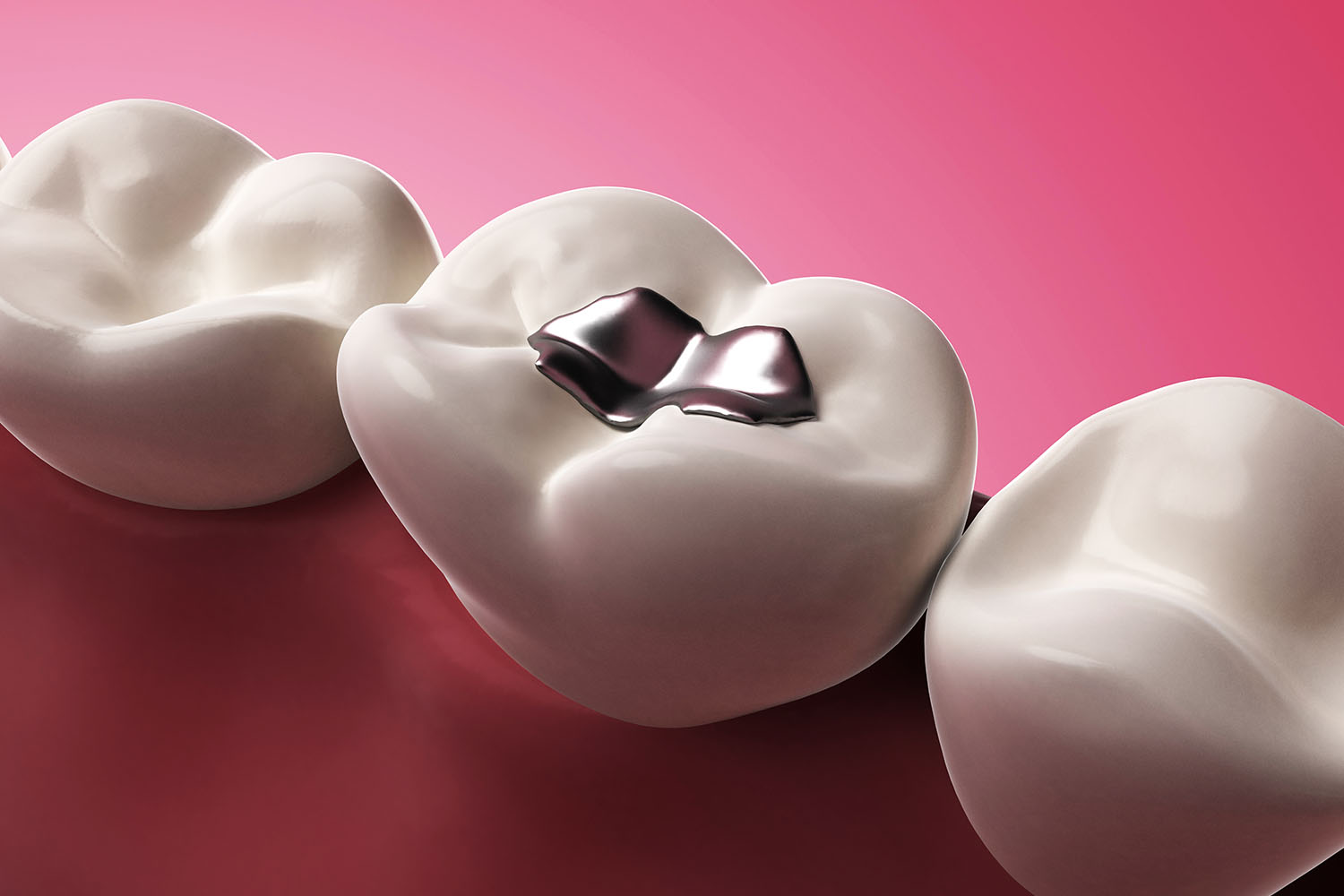Overview
Tooth filling is a common dental procedure that many people will undergo at some point in their lives. This process involves restoring the function and integrity of a tooth damaged by decay or wear. Thanks to advancements in dental technology and international research, the materials and techniques used in tooth filling have significantly improved, offering better outcomes for patients around the world.

The Basics of Tooth Filling
A tooth filling is performed to repair a cavity, which is a hole in the tooth caused by decay. The procedure involves removing the decayed portion of the tooth, cleaning the affected area, and then filling the cavity with a suitable material. This helps to restore the tooth’s shape, functionality, and prevent further decay.
Materials Used in Tooth Filling
The choice of material for a tooth filling can vary depending on several factors, including the location of the cavity, patient preferences, and the dentist’s recommendation. The most commonly used materials include:
Amalgam: Made from a mixture of metals including silver, mercury, tin, and copper, amalgam fillings are known for their durability and strength, making them suitable for filling cavities in the back teeth.
Composite Resins: These tooth-colored materials are made from a mixture of plastic and fine glass particles. Composite resins are preferred for fillings in visible areas because they blend well with the natural tooth color.
Gold: Though less common due to its high cost, gold fillings are very durable and can last for many years.
Ceramics: These fillings are made of porcelain and are also tooth-colored. They are more resistant to staining compared to composite resins but can be more expensive.
Glass Ionomer: Made from a mixture of acrylic and a specific type of glass, this material releases fluoride, which can help protect the tooth from further decay.
International Research on Tooth Filling
Research from around the globe has greatly contributed to the evolution of tooth filling materials and techniques. For instance:
Minimally Invasive Dentistry: Researchers in Europe and the United States are pioneering techniques that focus on preserving as much of the natural tooth structure as possible. This involves the use of advanced adhesive materials and techniques that require less drilling.
Bioactive Materials: Studies in Japan and Brazil are exploring bioactive materials that not only fill cavities but also promote the regeneration of tooth structure. These materials release calcium and phosphate, which are essential for the natural remineralization process of the tooth.
Nanotechnology: Researchers in countries like South Korea and Germany are developing nanocomposite resins that incorporate nanoparticles to improve the strength and longevity of tooth fillings. These materials provide better wear resistance and aesthetic results.
Digital Dentistry: The use of CAD/CAM (Computer-Aided Design and Computer-Aided Manufacturing) technology, widely researched in the United States and Europe, allows for the precise design and fabrication of ceramic fillings. This technology ensures a perfect fit and reduces the time required for the procedure.
The Procedure: Step-by-Step
Understanding the steps involved in getting a tooth filling can help alleviate any anxiety about the procedure. Here’s a typical process:
Examination and Diagnosis: The dentist examines the tooth and may take X-rays to determine the extent of the decay.
Anesthesia: Local anesthesia is administered to numb the area around the affected tooth.
Removal of Decay: The decayed part of the tooth is removed using a drill, laser, or air abrasion tool.
Cleaning: The cavity is cleaned to remove bacteria and debris.
Filling the Cavity: The chosen filling material is applied in layers, with each layer being cured (hardened) using a special light if necessary.
Shaping and Polishing: Once the cavity is filled, the dentist shapes and polishes the filling to match the natural contours of the tooth and ensure a comfortable bite.
Tooth filling is a vital procedure that helps maintain oral health by restoring damaged teeth and preventing further decay. Thanks to ongoing international research, the materials and methods used in tooth fillings continue to advance, offering patients more effective and aesthetically pleasing options. Whether it’s the development of bioactive materials or the implementation of digital dentistry techniques, the future of tooth filling looks promising, ensuring better dental health for people worldwide.


